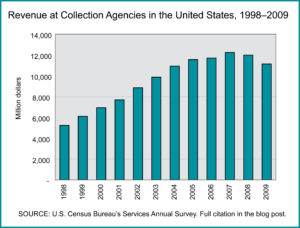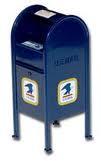Gluten is a protein found in various cereal grains, most notably wheat. This protein makes for the elastic texture of dough. It is also a protein that must be avoided by those with celiac disease, a condition which seriously interferes with the body’s ability to absorb nutrients. An in-depth epidemiological study whose findings were published in 2003 found that one in every 133 people in the United States suffers from celiac disease. Celiac disease sufferers and their immediate families are a natural market for gluten-free foods and the food industry has been increasing the number of gluten-free products on the market at a rapid pace in recent years. Those gluten-free offerings include bread, cookies, crackers, breakfast cereals, and cake mixes.
Today’s market size is the estimated size by value of the gluten-free market in the Untied States.
Geographic reference: United States
Year: 2011
Market size: $6.3 billion
Source: Keith O’Brien, “Beat the Wheat,” The New York Times Magazine, November 27, 2011, page 50, available online here.
Original source: Spins, a market research firm.
Posted on November 30, 2011



